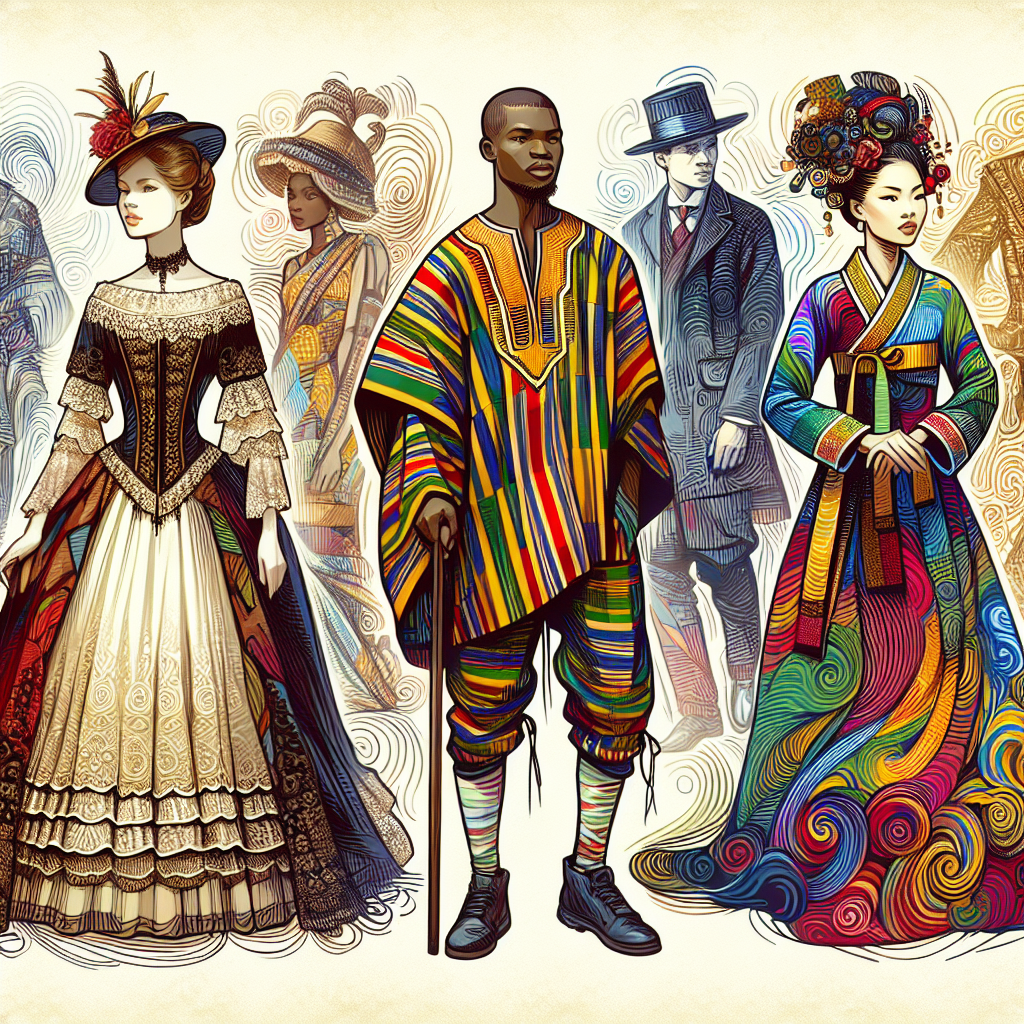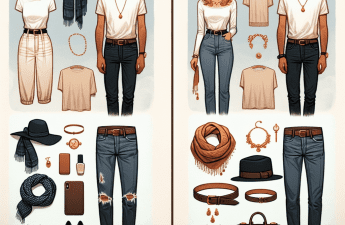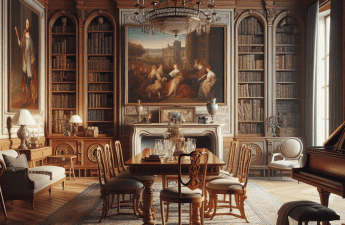Exploring Cultural Fashion: Traditional Garments and their Modern Influence
Fashion, much like culture, is an ever-evolving entity. Throughout history, traditional garments have shaped the identity and history of various regions around the world. Today, these iconic outfits continue to influence modern fashion in remarkable ways. Let’s take a closer look at some traditional garments and how they have left an indelible mark on contemporary style.
The Kimono: From Japanese Tradition to Global Catwalks
The kimono, a symbol of Japanese culture, is a garment that has transcended time. Its elegance and simplistic beauty have made it a beloved icon worldwide. Traditionally worn for special occasions, the kimono’s intricate designs often tell stories about the wearer’s heritage and social status.
In recent years, the kimono has experienced a modern makeover, making appearances on international runways. Fashion designers have reimagined this timeless piece by integrating Western elements, creating designs that respect tradition while injecting a fresh, contemporary edge. Today, you can spot kimono-inspired jackets, dresses, and blouses taking center stage in streetwear and haute couture alike.
The Sari: India’s Draped Beauty
The sari, an epitome of grace and tradition in Indian culture, has been worn by women for centuries. This unstitched piece of cloth, intricately draped around the body, is celebrated for its versatility and the spectrum of designs — from bold, bright patterns to subtle, earthy tones.
In the modern fashion scene, the sari has not been left behind. Designers are experimenting with fabric, draping styles, and pairing options. The incorporation of saris into contemporary fashion includes pairing them with crop tops, jackets, and even jeans, creating a fusion that appeals to younger generations while honoring a rich cultural legacy.
The Dashiki: African Pride and its Global Resonance
The dashiki, originating from West Africa, is a colorful garment emblematic of African pride and heritage. Known for its vibrant patterns and loose fit, the dashiki has been worn by both men and women across the African continent.
Today, the dashiki is not confined to its traditional roots. It has sparked global interest and is seen in modern fashion arenas worldwide. Designers have adapted this piece into more tailored forms, like dresses, jumpsuits, and even formal wear. The bold aesthetics of the dashiki continue to inspire fashion enthusiasts who embrace its cultural significance and statement-making style.
The Hanbok: Korea’s Timeless Ensemble
The hanbok, with its flowing lines and vibrant colors, is a traditional Korean garment worn during festivals and celebrations. Comprised of a jeogori (jacket) and a chima (skirt) for women, and baji (trousers) for men, the hanbok’s design emphasizes elegance and movement.
Modern adaptations of the hanbok have become increasingly popular, blending traditional elements with contemporary fashion trends. Designers are crafting hanbok-inspired dresses, blouses, and skirts that cater to a global audience. These adaptations maintain the essence of the hanbok while making it accessible and wearable for daily activities outside of formal occasions.
The Kaftan: Middle Eastern Elegance meets Modern Chic
The kaftan, with its origins in the Middle East, is a flowing, comfortable garment traditionally worn by both men and women. Its luxurious fabric and detailed embellishments often signify wealth and status.
In today’s fashion realm, the kaftan has seen a resurgence, favored for its comfort and versatility. Modern designers are reinterpreting the kaftan as daywear, evening attire, and beachwear. Whether adorned with intricate embroidery or kept simple and sleek, the kaftan continues to captivate fashion lovers across the globe.
Modern Influence: Blending Tradition with Contemporary Trends
The influence of traditional garments on modern fashion is a testament to the enduring appeal of cultural heritage. By blending historical elements with contemporary design, fashion tells a story that respects the past while looking forward to the future.
For those interested in visual examples and further exploration of traditional garments influencing modern fashion, many YouTube channels delve into these fascinating transformations. One such recommended watch is this insightful video, “Traditional Clothing Reimagined in Modern Fashion” (provide your specific YouTube link here).
Fashion indeed is a global language, and by appreciating and integrating traditional garments into modern style, we celebrate and preserve the rich cultural tapestries that shape our world.



